Understanding Land Use Planning in Oregon
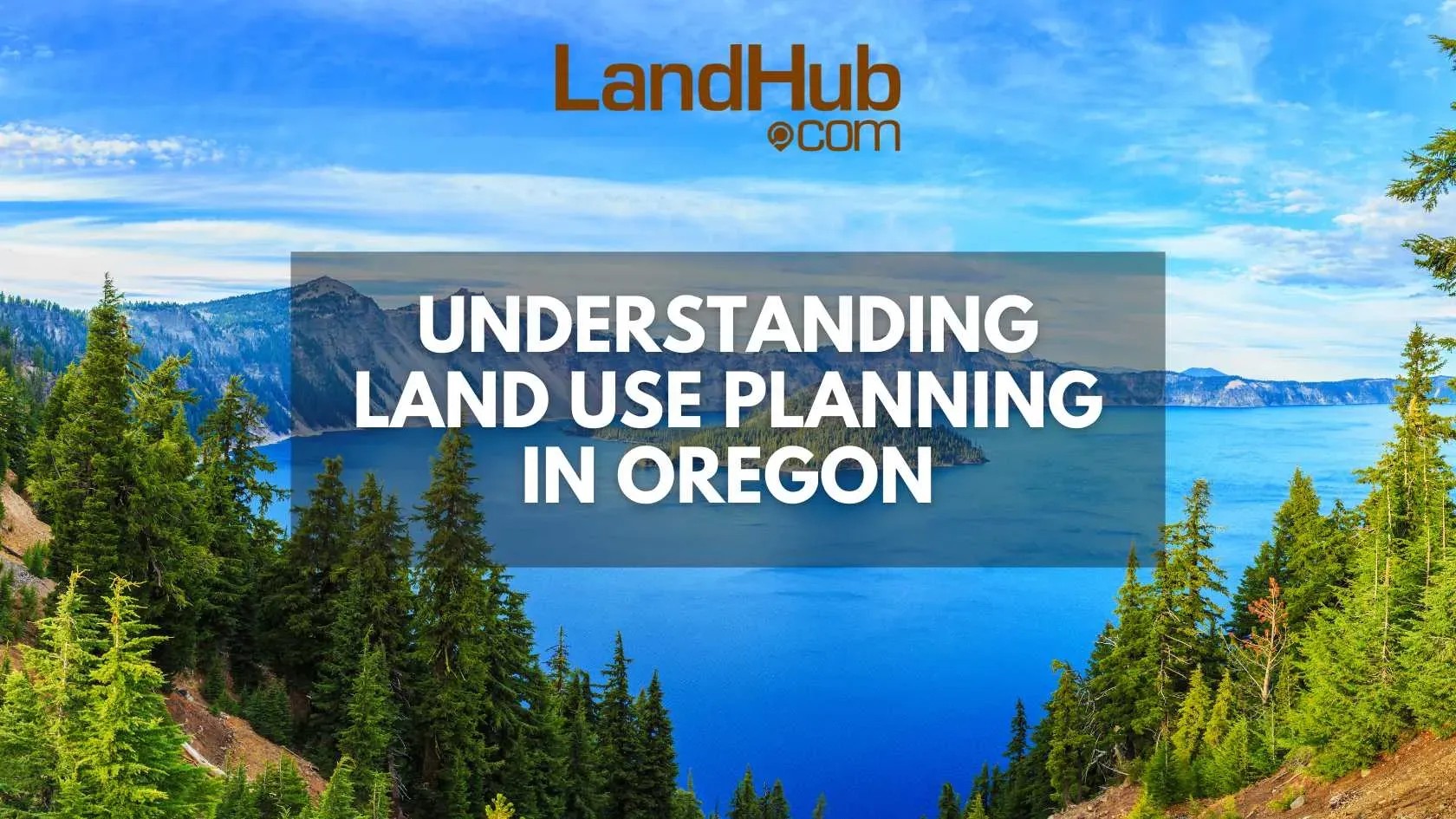
In 1973, as one of the early adopters of land use planning, Oregon identified 19 statewide planning and development goals. These goals outline how the state balances development with the conservation and protection of its natural resources. read more...
Oregon
At LandHub we have a large selection of land for sale in Oregon. Check out the different types of land available including acreage, ranches, rural properties, hunting land, and more. Start looking in Oregon for land for sale today with the help of LandHub. Americans have been arriving in Oregon through the Columbia River Gorge since 1804 when Meriwether Lewis and William Clark sailed through during the Corps of Discovery Expedition. The Columbia River Highway was carved out of the cliffs in 1916 and the two-lane passageway, punctuated by intricate stonework and artful bridges is still the best way to see this natural wonder. Some 77 waterfalls tumble off ridges and sheer walls that soar 2,000 feet above the river, including Multnomah Falls, America’s second-highest year-round plunge at 620 feet accomplished in two dramatic drops. In the 1800s an estimated 400,000 settlers made their way 2,000 miles west by wagon train on the Oregon Trail. They may have heard tales of impossibly tall forests and rich, fertile valleys but the first land they encountered in Oregon is the unrelenting scrub desert lands of the eastern two-thirds of the state. Most moved on but some stayed and carved ranches from the high desert; rustic properties that still hit the market today. In recent years one of the hottest real estate markets in the Beaver State has been the four-season recreation destination of Deschutes County on the eastern slopes of the Cascade Mountains. Most Oregonians are settled just across the Cascades in the Willamette Valley that stretches from Portland in the north down to Medford and the great Oregon fruit orchards in the south. Oregon features 363 miles of Pacific Ocean and all of it is public - there are over 80 state parks and recreation areas on the coast. The land here can be bought but not developed and owners grant a perpetual easement to pedestrians. The upside is there are no property taxes. The climate in the coastal rain forests is cool, the sunny days rare, the views unspoiled and the fly-fishing world-class. Only a few roads cross the coastal mountains so large swaths of the Oregon Coastal counties remain undeveloped.Frequently Asked Questions
Oregon is a state situated in the Northwest region of the United States. Salem is the capital of the state. Portland is the largest city in the state. Other important cities in the state are Eugene, Gresham, Hillsboro, Beaverton, and Bend. Washington, California, Idaho, and Nevada are the neighboring states of Oregon.Some Facts About Oregon
- Oregon has the greatest number of ghost towns in the country.
- The gorge of the Columbia River is considered to be the best for windsurfing.
- The deepest lake in the United States is Crater Lake. It is formed by the remains of a dormant volcano. The lake was formed 6500 years ago.
- The state has a total of 159 yurts situated in 19 parks. Yurts are circular domed tents for camping.
- The Florence sea cave discovered in 1880 is the world's largest sea cave.
- Out of the 9 lighthouses along the coastline, 5 are still in use and the remaining 4 are declared as historic monuments.
- The state's largest park is the Silver Falls State Park. It has 10 waterfalls.
- The International Rose Test Garden is being cultivated since 1917. It has more than 500 varieties of roses.
- Lane County boasts the country's most photographed lighthouse. It is the Heceta Head Lighthouse that attracts so many tourists.
- Portland is known for its remarkable urban planning. It is often called the city of roses.
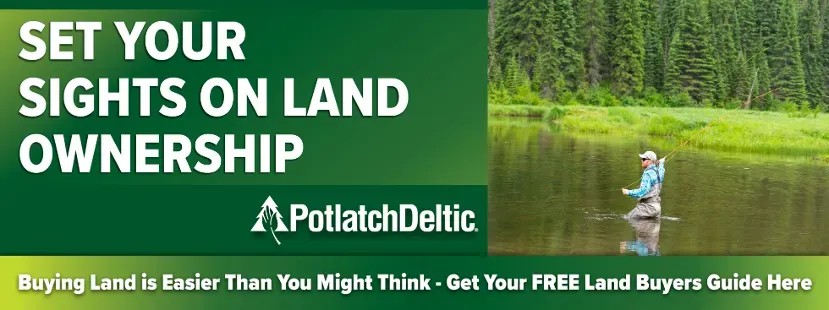
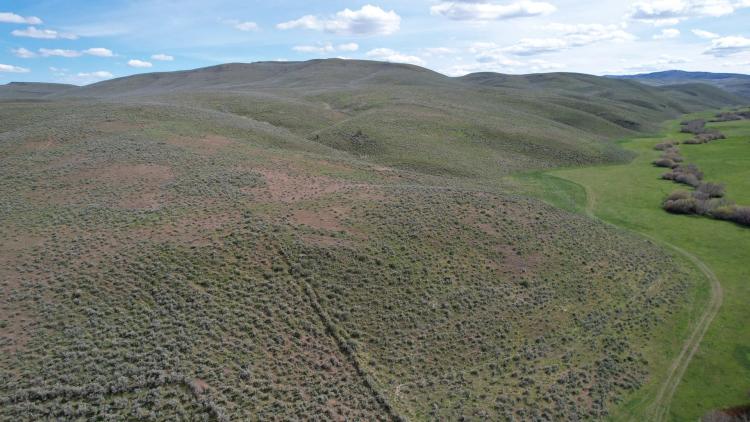
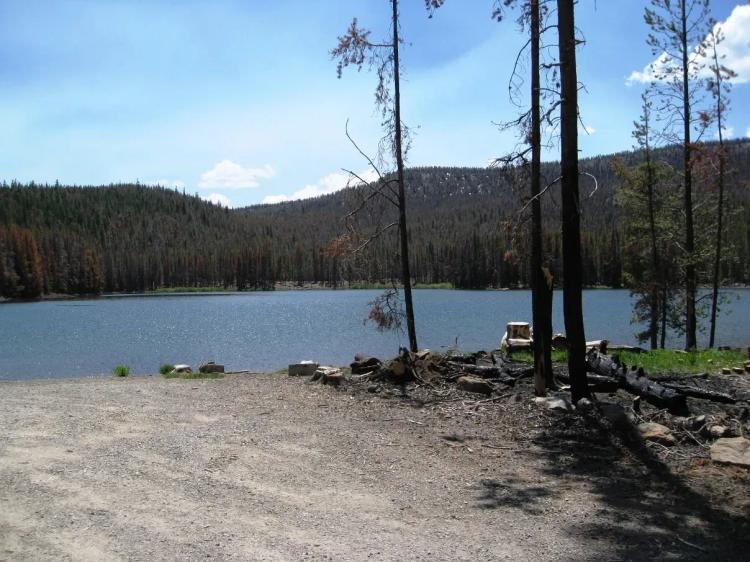
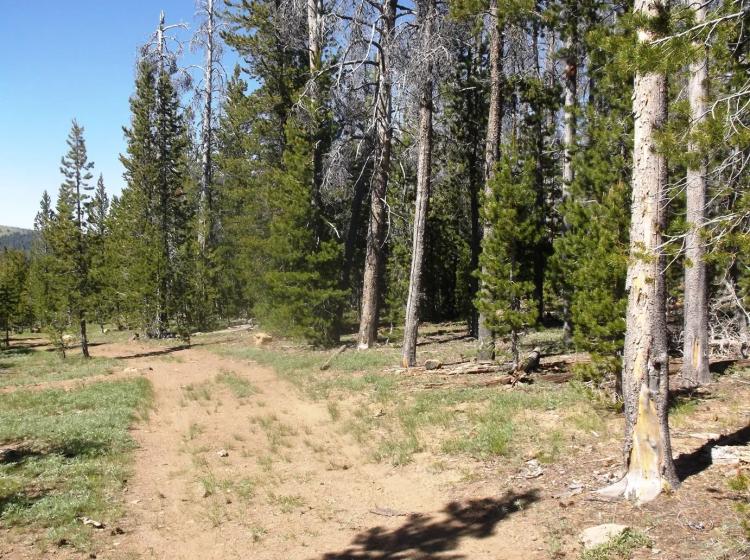
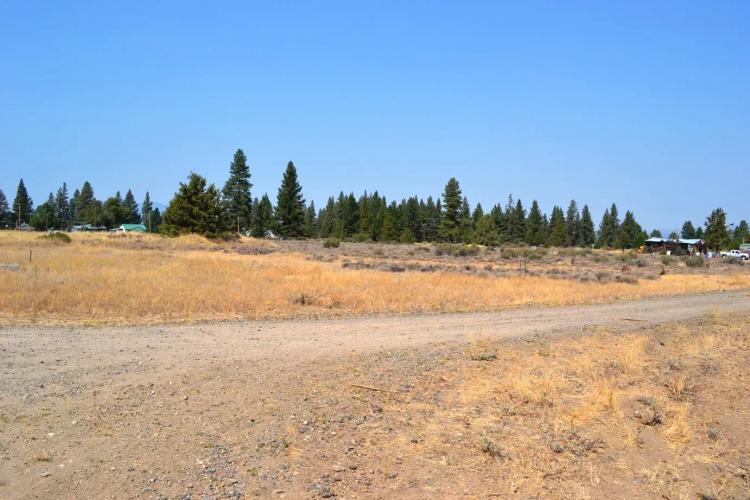
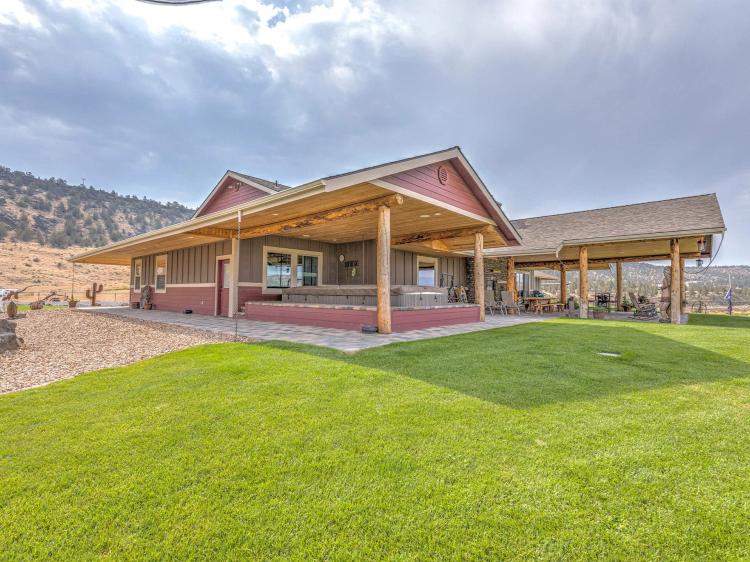
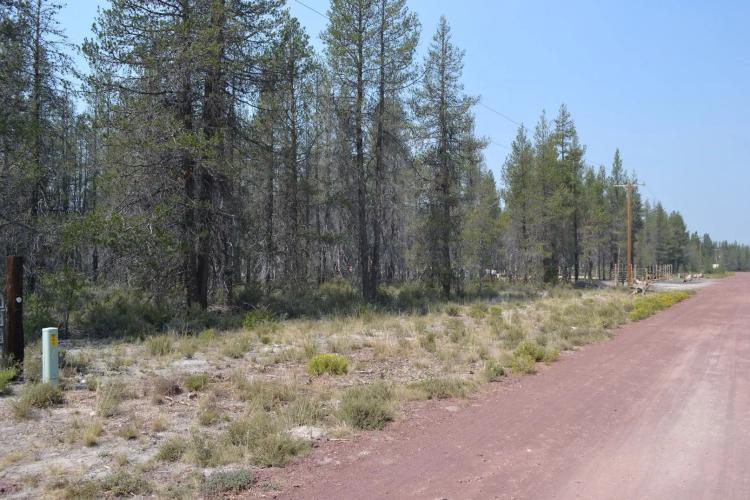
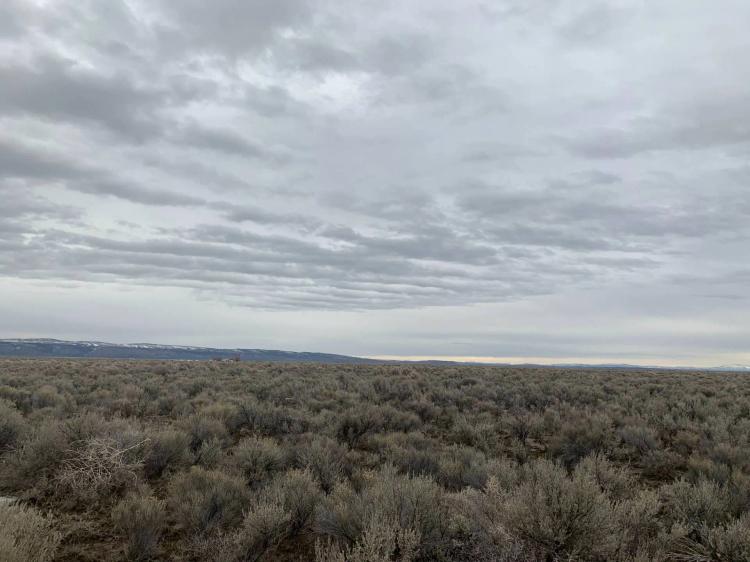
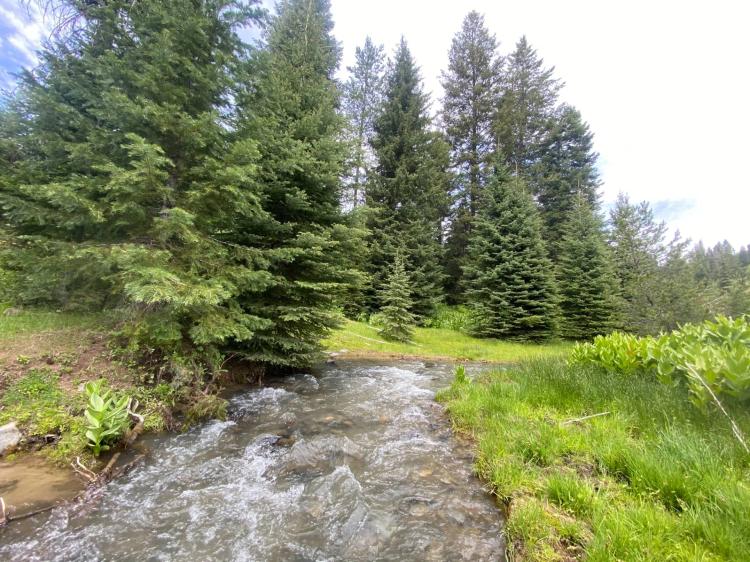
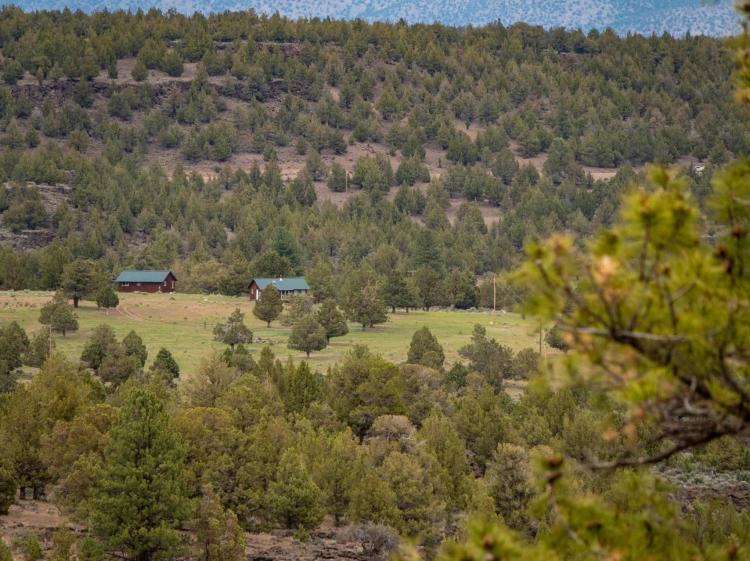
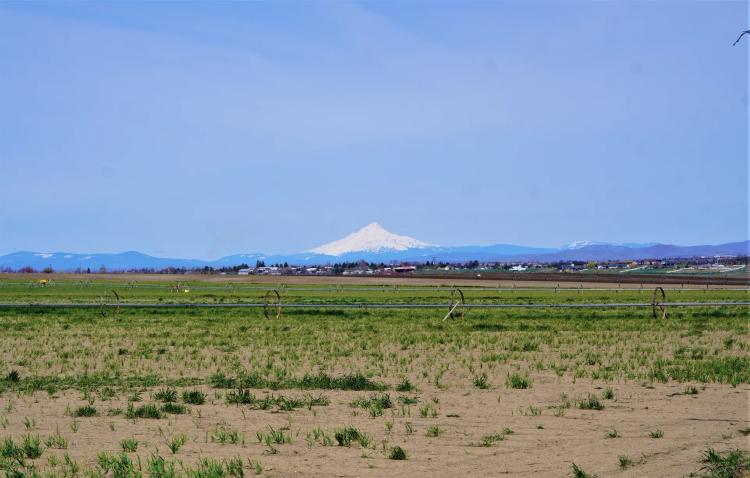
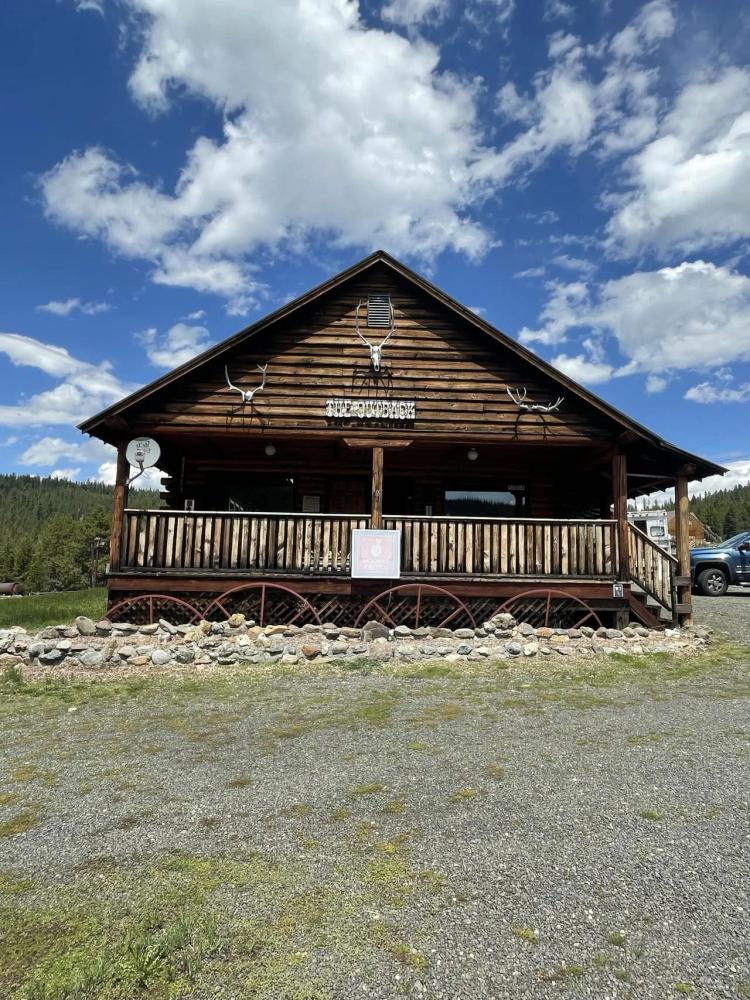
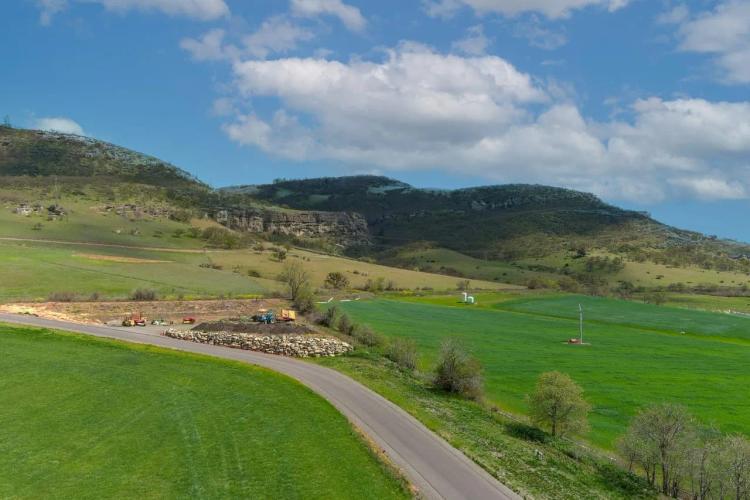

%20(2)-1%20copy%202.webp&w=384&q=90)